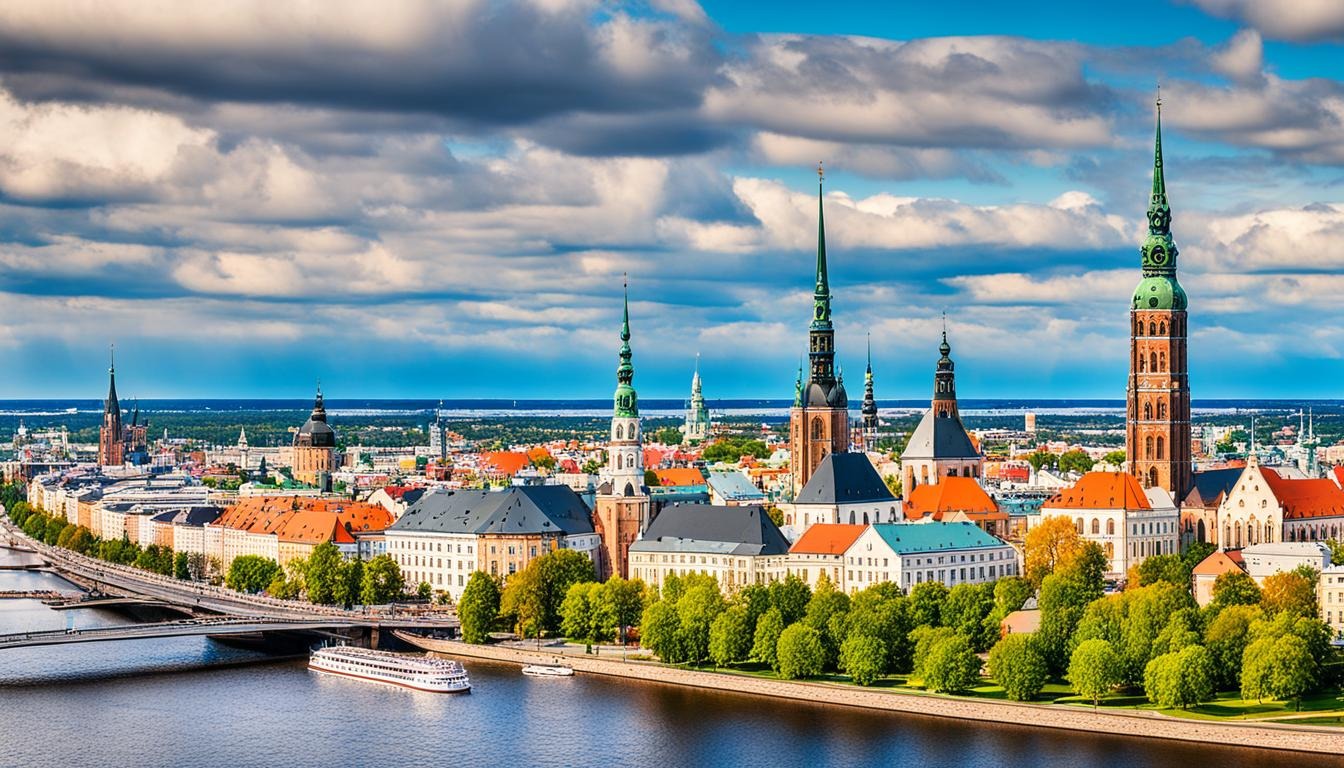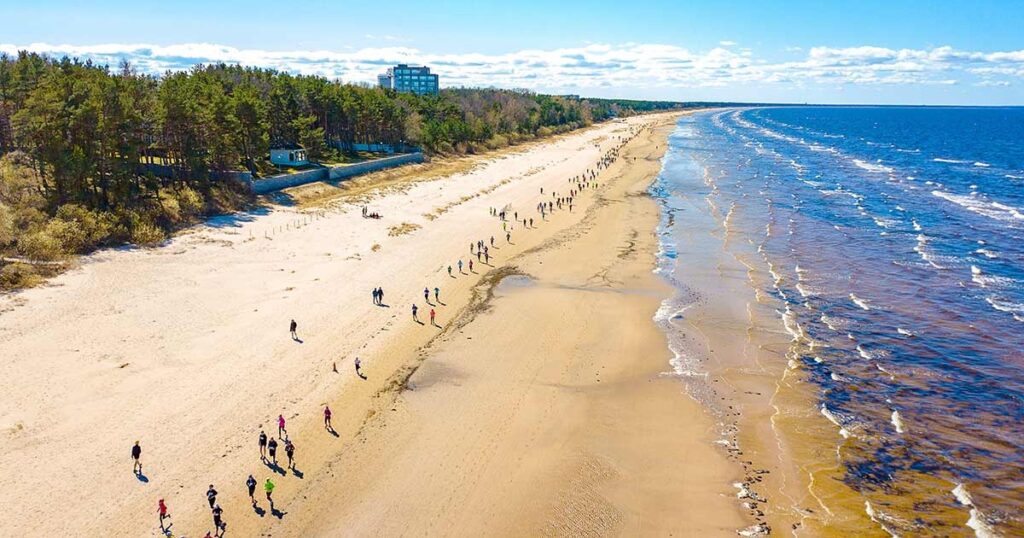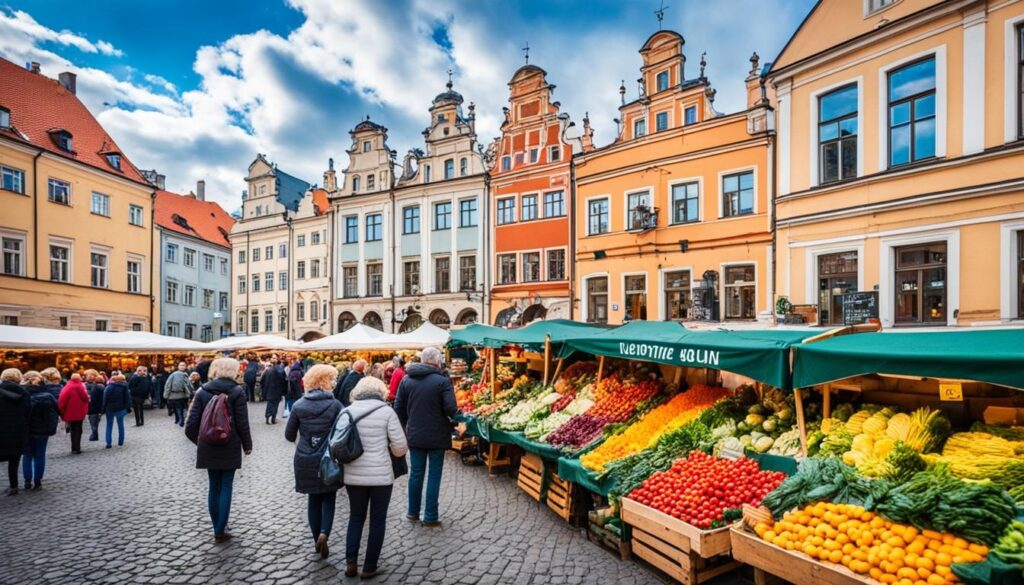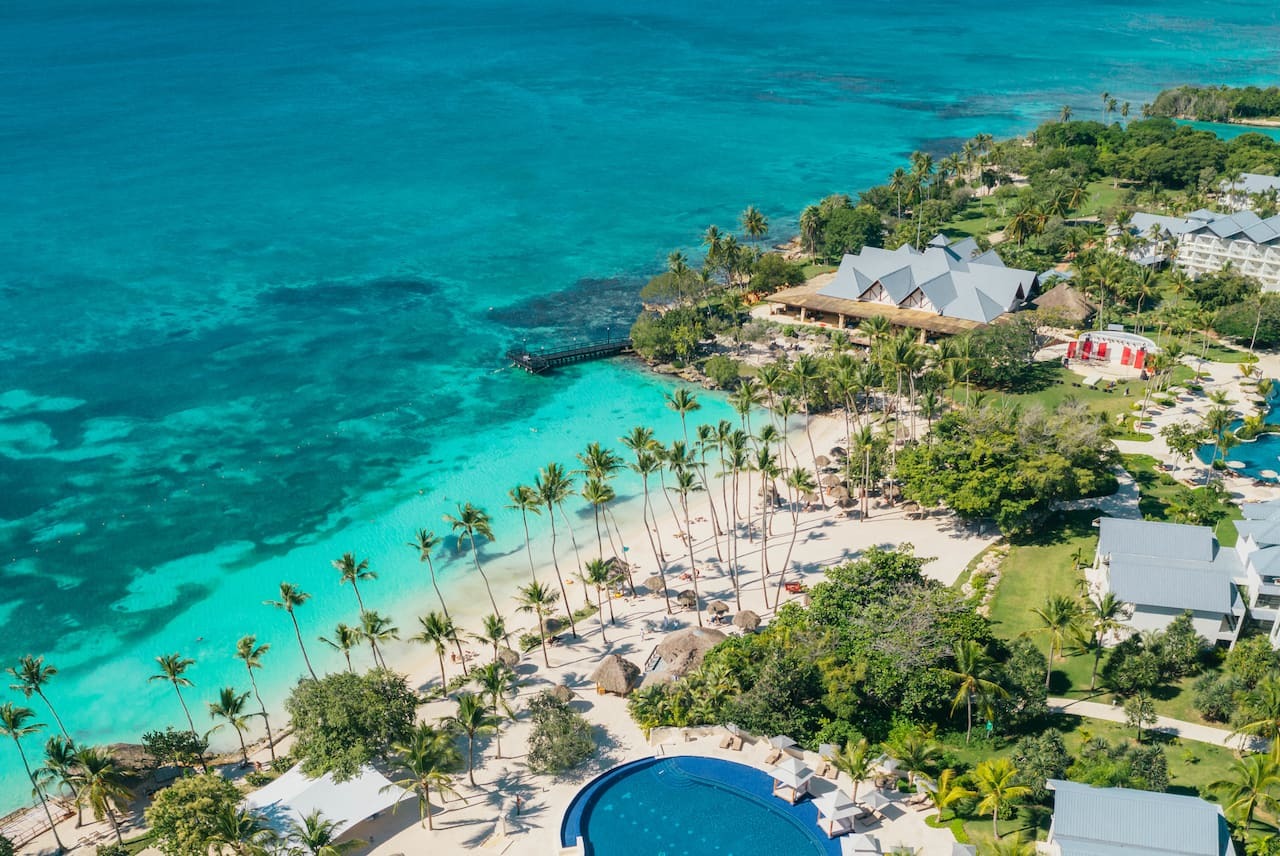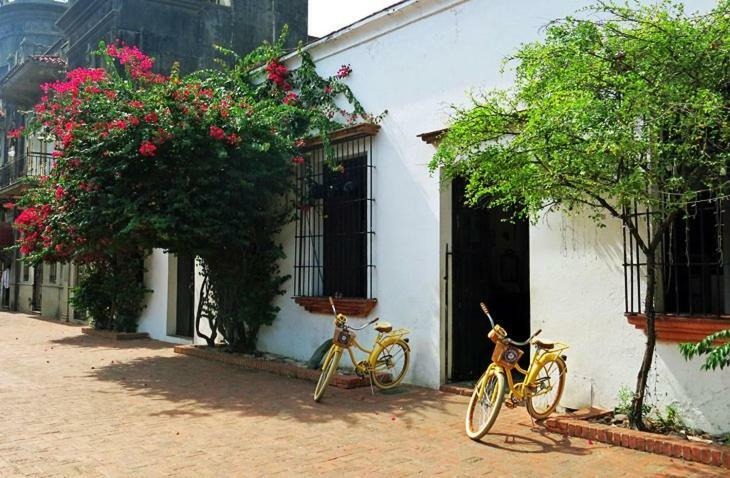The recent deaths of six foreign tourists in the town of Vang Vieng, Laos, have thrust the small Southeast Asian destination back into the global spotlight for all the wrong reasons. Authorities suspect the deaths may have been caused by methanol poisoning, a dangerous and often fatal condition linked to consuming tainted alcoholic beverages. This tragedy comes after years of effort by the Laotian government to rebrand Vang Vieng, a once notorious party town, as a safer, more sustainable tourism destination.
Vang Vieng: From Party Hub to Adventure Tourism
Vang Vieng, nestled in the heart of Laos’ stunning karst mountain range and perched along the Song River, has long been a popular stop for travelers exploring Southeast Asia. Its breathtaking landscapes, natural beauty, and proximity to major tourist destinations like Vientiane and Luang Prabang have made it a prime location for tourists seeking adventure and relaxation.
For years, Vang Vieng was known as a hedonistic party destination, attracting backpackers from around the world in search of cheap thrills. The town became famous for its wild parties, river tubing, and the availability of cheap alcohol and illicit substances. By the early 2000s, Vang Vieng had earned a notorious reputation on the Southeast Asian “banana pancake” trail for being a destination where young tourists could let loose in a carefree environment. However, this reputation came with serious consequences. A series of accidents, many fatal, due to poor safety standards, including drownings during the river tubing craze, began to raise concerns about the town’s safety and its unregulated party culture.
In response to the rising number of fatalities and incidents, the Laotian government made a bold move in 2012, implementing significant changes to the town’s landscape. Many of the bars that catered to the backpacker crowd were shut down, and the government pivoted towards eco-tourism and adventure travel. Activities like kayaking, rock climbing, jungle trekking, and parasailing became popular alternatives to partying. The aim was to shift the town’s identity from a hedonistic party center to a more family-friendly and adventure-focused destination.
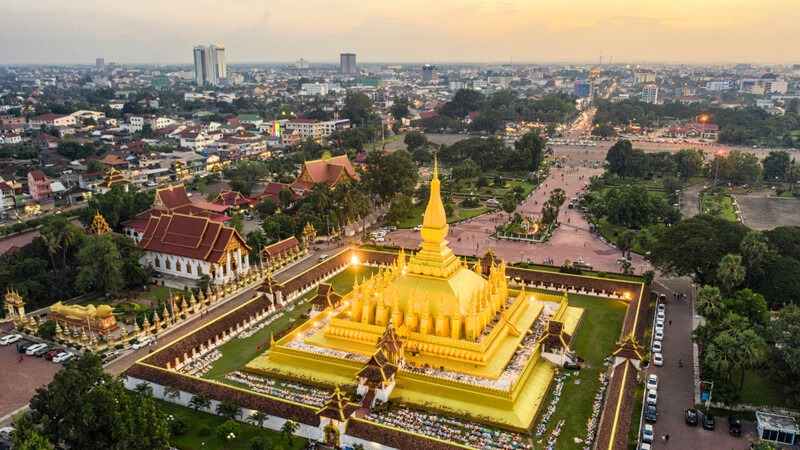
A Return to Tragedy: The Methanol Poisoning Outbreak
After years of efforts to sanitize its image, the recent deaths of six tourists in Vang Vieng have cast a shadow over the town once again. The victims, who were citizens of the United States, the United Kingdom, and other Western nations, have been confirmed by their respective governments to have died in recent days under mysterious circumstances. Although the exact cause of death is still under investigation, officials are strongly suspecting methanol poisoning as the culprit.
Methanol, a toxic form of alcohol often used in industrial applications, can be deadly when consumed. Unlike ethanol, the type of alcohol typically found in alcoholic beverages, methanol is not fit for human consumption. It can cause symptoms such as dizziness, nausea, vomiting, headaches, and in severe cases, organ failure or death. The poisoning is often linked to the consumption of poorly distilled, homemade alcohol or counterfeit alcoholic beverages.
In the wake of the deaths, several Western governments, including the United States, the United Kingdom, New Zealand, and Canada, issued travel warnings for their citizens. The U.S. Embassy in Vientiane issued an alert advising travelers to exercise caution when consuming alcohol in Laos, particularly with spirits that may be laced with methanol. The embassy also recommended that travelers purchase alcoholic beverages only from licensed stores, bars, or hotels, avoid homemade drinks, and carefully inspect bottles for signs of tampering.
“Please be alert to the potential risk of methanol poisoning, especially when consuming spirit-based alcoholic drinks,” the U.S. Embassy warned in its health alert. “We are aware of a number of cases of suspected methanol poisoning in Vang Vieng.”
The Impact on Laos’ Vital Tourism Industry
Tourism plays a central role in Laos’ economy, and Vang Vieng has long been a key contributor to this sector. The country, which is landlocked and one of the poorest in Southeast Asia, has been working hard to increase its number of international visitors. In 2024, the Laotian government set a target to attract 4.6 million tourists and generate $712 million in revenue from tourism. However, this tragic incident could have far-reaching consequences for the country’s tourism industry.
Laos’ tourism sector had already been lagging behind its neighbors, such as Thailand and Vietnam, in terms of attracting foreign visitors. While Thailand and Vietnam have developed robust tourism industries, Laos has struggled to establish itself as a major destination on the Southeast Asia travel circuit. As a result, the country is heavily dependent on tourism from neighboring countries like Thailand, Vietnam, and China. However, the recent methanol poisoning deaths may raise concerns about the safety of tourists in Laos, potentially leading to a decline in visitors and a blow to the country’s economy.
In particular, Vang Vieng has become increasingly popular among families and group tours from countries like South Korea and China. The town’s shift towards eco-tourism and adventure travel has helped to diversify its visitor base, moving away from the party-centric tourism that defined its past. However, the deaths linked to suspected methanol poisoning may undermine the town’s recent efforts to rebrand itself as a more family-friendly destination.
The Repercussions for Laos’ Reputation
For years, Vang Vieng has struggled to overcome its dark past as a party hub, and the recent deaths are a stark reminder that the town’s reputation is still vulnerable. While the government’s push to promote eco-tourism and safer travel experiences has made some progress, the town’s history of excess still lingers. The methanol poisoning outbreak serves as a cautionary tale for both local authorities and tourists about the ongoing dangers of unregulated alcohol in certain parts of the country.
Tourism is vital to Laos’ economy, and the tragedy in Vang Vieng could harm the country’s efforts to build a positive reputation as a safe and welcoming destination. While the Laotian government has been praised for its attempts to shift the town’s identity, the deaths highlight the need for better regulation of the alcohol trade and stronger enforcement of safety standards.

What Travelers Need to Know
As investigations into the deaths continue, travelers planning to visit Laos, and particularly Vang Vieng, are urged to exercise caution. The U.S. Embassy’s alert strongly advises tourists to avoid consuming alcohol from unlicensed or informal sources. The embassy also recommended that travelers look for signs of tampering or mislabeling on alcohol bottles, which could be indicative of counterfeit products containing methanol.
For those who still wish to explore Vang Vieng, the local authorities are working to improve safety standards and ensure that the town can continue to attract visitors in a safe and responsible manner. Travelers are encouraged to stay informed about the situation and follow local advisories to ensure their safety.
The tragic deaths of six foreign tourists in Vang Vieng have once again cast a spotlight on Laos and its tourism industry. While the country has made strides to distance itself from its wild party image, this recent incident serves as a stark reminder of the dangers that can still lurk beneath the surface. As the investigation into the suspected methanol poisoning continues, travelers are urged to be vigilant and make informed choices to avoid falling victim to the same fate.
Laos’ government will need to act quickly and decisively to address the issue of alcohol safety in order to protect its growing tourism industry and prevent further tragedies. Only by taking such steps can Laos hope to rebuild its reputation as a safe and attractive destination for tourists from around the world.


